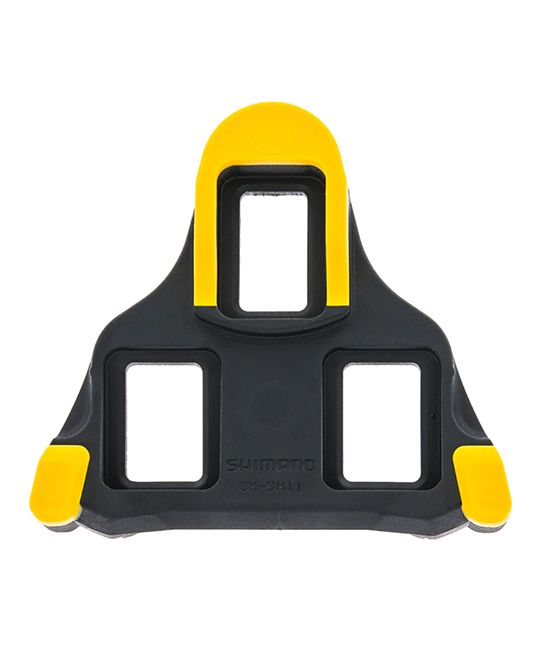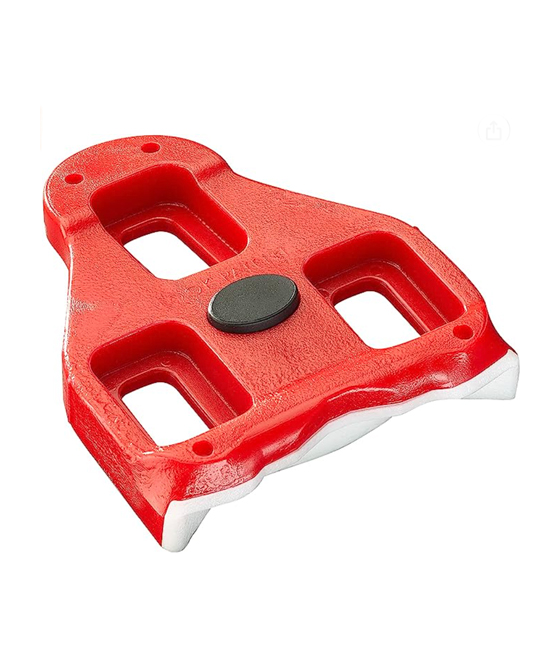Overview
Your first two classes are just about getting familiar with the bike and lingo. We’ll help size you correctly on the bike so you feel comfortable and your body is positioned correctly to train. And if you don’t have shoes yet, don’t worry. There are loaners at the front desk you can start with.
Setting Up Your Indoor Bike
Sizing your indoor cycling bike to fit your body is important. You want to find the “sweet spot” – a slight bend in your knees so that as you come down through the bottom of your pedal stroke, you can still drop your heel while maintaining that slight bend. If your pedal stroke is too short, you’ll lose a lot of power. If the seat is too high, you’ll never be able to generate power because you’re going to always be on your tippy toes. If your seat is too short, you’re never going to be able to drop your heel to drive and create power.
If you want to get a head start, here’s a great video on sizing an indoor cycling bike to your body. However, we still recommend asking us to help you or check your first setup.
What Cleats to Get For The Indoor Cycling Room
Ther are many different types of cleats on the market, but only (3) specifically fit the pedals on the Chelsea Piers Indoor Cycling bikes: Shimano SL and Look Delta
Fitting shoe cleats to your shoe accurately is important to ensure that all of your power is transferred through your cycling shoes, and the cleats fit properly into the pedals. If the cleat position is off, it can cause a reduction in power but more importantly, it can cause you pain and discomfort.
As a basic rule of thumb, position the shoe cleat so that its center point is just inboard of the ball of your big toe. Laterally, the front (tip) of the cleat should follow the line of your middle toe. These are good starting points for basic cleat positioning on a new shoe. For a perfect position, please ask one of the coaches for help.
Cadence
Cadence is the number of revolutions your pedals make per minute as you ride, otherwise known as RPMs (revolutions per minute).
90 RPMs – develops your (AP) Aerobic Pace and (RP) Race Pace. This is your optimal cadence because it is efficient and correlates with the optimal running cadence off the bike.
75 RPMs – develops your power and strength for climbing hills; in or out of the saddle
Watts
Watts is a measure of power and represents your energy output. For instance, in cycling the energy you output from your body propels the bike forwards. We use watts (e.g. 250w) as a measure of how hard you’re working on the bike at that exact moment. But wattage output person-to-person does not mean the same – it doesn’t take into consideration your body weight, and this (power/weight) ratio is important. For instance, a 100-pound person putting out 250 watts of power is going to move their bike forward much faster than a 200-pound person putting out 250 watts of power. There is also a variation in power/weight depending on whether you are riding flat, rolling, or a hilly course.
How Class Is Structured
The monthly arc of cycling classes is as follows:
3-Week Set – build volume and intensity
1-Week Set – down recovery
Each week, cycling classes are segmented (relatively) the same way:
Warm-Up –
5 min @ Zone 1 / 5 min @ Zone 2
Tech –
single leg drills / 100 cadence drills
Warm-Up –
WEDNESDAY: focuses on climbing hills, building power and strength at 75 cadence (AP) and (RP).
FRIDAY: focuses on spinning at 90 cadence in all zones (power and strength)
Understanding Your FTP (Functional Threshold Power)
Your FTP is a measure of the average power you can hold for one hour on the bike based on short-course racing.
Once you know your FTP, you then enter it into the computer of your indoor cycling bikes at the start of each workout. The computer will then guide and track you.
At Full Throttle, we administer either a 5-minute or 20-minute FTP test during training. By the end, you’ll know exactly what your FTP should be set to each day in training.
We break the FTP test down in detail in our upcoming Guide “The 3 Threshold Tests”.
Road vs. Aero Seat Positioning
There are 2 seated positions we use for indoor cycling bikes because these are the 2 positions you will use in a race. Both are important for different reasons.
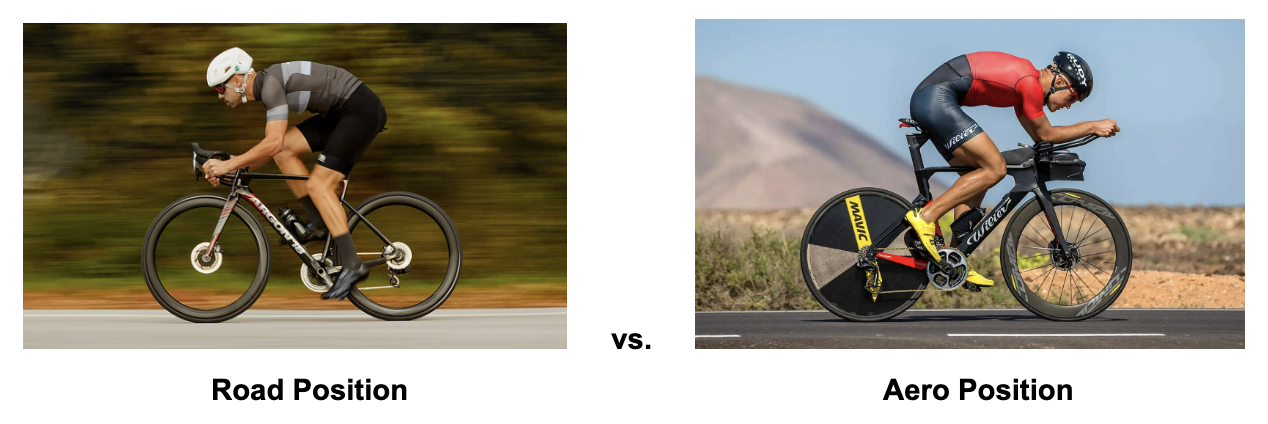
The Road cycling position –
This is what we call a neutral riding position. Most pure cyclists ride in this position, and ALWAYS when in a pack for safety.
The Aero cycling position –
This is for training and racing solo, by yourself on a predominantly flat or rolling course. This will be the fastest most efficient way to ride, but should NEVER be used in a pack situation or draft-legal race.
In a later Guide, we’ll explain more about cycling outdoors in the aero position, when, and how to use it effectively.
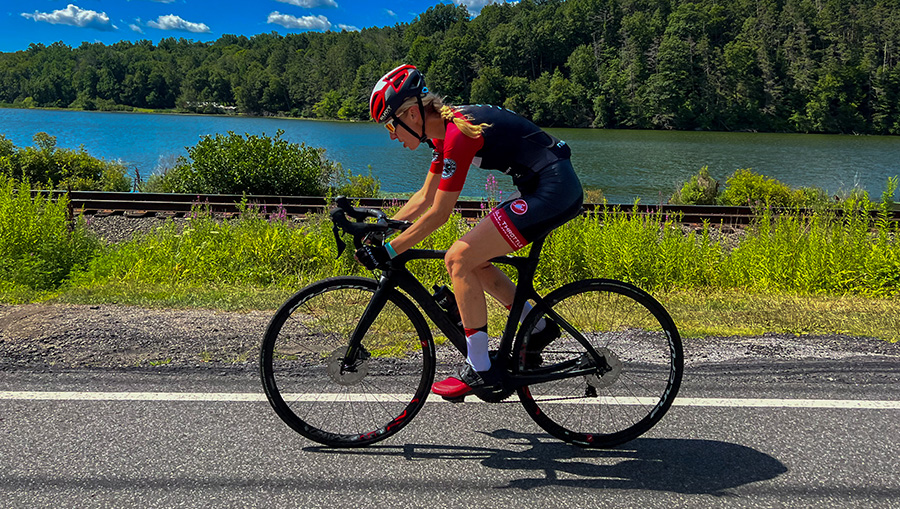
Training Outside
Training outside is an important part of developing your cycling skills. There is little substitute for riding your bike, changing your gears, and being on a real road. Frankly, you need this training if you plan to race, and the more time you spend on your bike, the better cyclist you will become.
Most commonly, athletes do one long ride each weekend (24-60 miles) and early in the morning to avoid traffic conditions. In a future Guide “Cycling Outdoors”, we discuss cycling outside in detail.
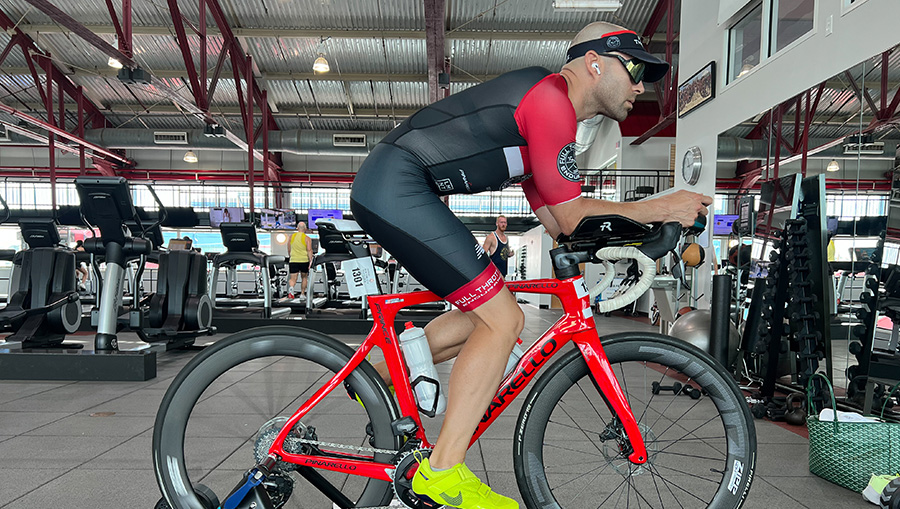
Using Indoor Trainers
While training on an indoor cycling bike is a great way to develop your abilities, it can’t compare to putting your own bike on an indoor trainer and riding. Simply, it’s your bike, it’s sized precisely to your body length and type, and it’s what you will be racing on. We call this “time on bike”. Get as much time on your bike as possible, whether outside or on an indoor trainer.
Setting your bike up on an indoor trainer takes some learning, and there are different adapters you might need to use depending on the type, brand, and model of bike you own. Before we allow any athlete to put their bike on one of the trainers at CP, we ask them to meet with one of our coaches to be properly educated on setup and usage.
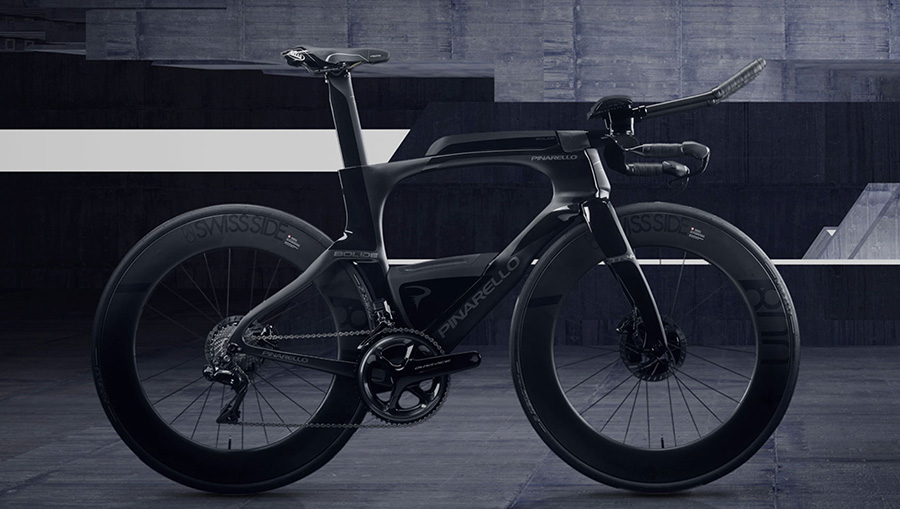
Choosing Your First Bike
You can’t race without a bike, that’s a fact. No bike is the same, and every nuance of a bike affects how you will perform on it (so get the idea of just renting a bike on race day out of your head). Yes, it’s an investment, but it’s also ⅓ of the sport.
Once you’ve settled on the right bike for you (which we can help you with), almost every component of the bike will be chosen or modified to ergonomically fit your body like a glove. And that’s what you want. You want to be one with your bike, so you are generating the fastest speed possible.
Road bikes vs. TT bikes –
Geometry is the most notable difference between a road bike and a TT bike:
Road bikes are known for their upright body position and are designed for maximum versatility, giving you the freedom to corner, climb, ride in packs, or just cycle straight.
TT bikes have a longer frame to make your body as compact as possible. They are specifically designed to deflect as much wind as possible (reducing drag), so you can achieve the fastest speed possible. They are less maneuverable and not ideal if you are climbing, cornering, or riding in packs. They are also NOT allowed in draft-legal races.
Should I choose a Road or TT bike first? –
Your first bike should always be a Road bike. Learn to ride it safely, shift smoothly, and read the course in real time. Only then should you consider getting a TT bike (as a second bike).
Do I need to buy an expensive bike? –
No, buy a bike that corresponds with your current level of ability. As you get stronger and better, you can reward yourself by upgrading your bike.
Can you help me choose the right bike (and size) for me? –
YES. We have been helping Full Throttle athletes for the past 26 years make decisions about which bike is best for them. We also are aware of used bikes (in great condition) that triathletes are actively selling so they can upgrade.
Why you should get a proper “bike fit” after you buy your bike –
Having your bike set up to fit your body by a professional is critical. As luck would have it, we have a bike fitter, Alejandro, on staff who can come to Chelsea Piers and perform a “bike fit” for you. You can reach him through the Resources page of the Full Throttle website, or ask a coach for more details.
Picking the right saddle –
Picking the right saddle will make a huge difference when riding because everyone’s bodies are different and every saddle is designed for different body geometries. We recommend testing a few saddles during your Bike Fit session to determine which is best for you.
Do I need aero bars if I am getting a Road bike? –
Not in the beginning. We recommend you first learn how to ride as a road cyclist. Once we feel you have made enough progress, we will recommend an aero set-up to add to your bike and help you get it fitted. With some more practice, you will be ready to race in the aero position during a triathlon race.
Do good wheels make a difference? –
Yes. Wheels are the most important upgrade you can make when thinking about making your bike faster. Good wheels can equate to more than a 2 MPH difference in speed.

